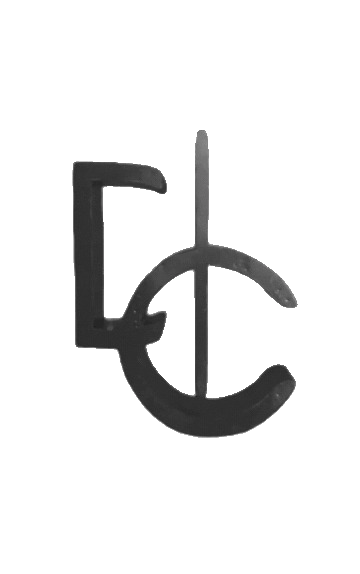Exercise breakdown, week 1: 90/90 Hip transitions
The "90/90 hip switch" is an exercise commonly used in mobility and flexibility training. It aims to improve hip mobility and flexibility while also engaging the muscles around the hips, pelvis, and core. This exercise is often utilized to enhance the range of motion in the hip joints, which can be especially beneficial for activities that require hip mobility such as squats, lunges, and sports involving kicking or lateral movement.
Here's how to perform the 90/90 hip switch correctly:
Starting Position:
- Begin by sitting on the floor with your legs bent at a 90-degree angle at the knees and hips. Your right shin should be parallel to the front of your mat, and your left shin should be parallel to the side of your mat. This creates a "90/90" position with your legs.
Movement:
- Place your hands on the floor for support.
- Engage your core and sit up tall, maintaining a straight spine.
- Start by lifting the rear leg as high as possible
- Once you reached your full ROM, that’s when the front leg starts rotating
- Place one hand behind your body, and rotate to the other side
Key Points:
- As you rotate, there are some key points. Start by first lifting off the rear leg as high as you can, while pushing the front knee into the ground. While rotating, think about keeping as much space in between both knees
- Focus on initiating the movement from your hips rather than forcing your legs to move.
- Keep your core engaged throughout the movement to maintain stability and support for your spine.
- Aim for a smooth and controlled motion, avoiding any jerky movements.
- Pay attention to your breathing; inhale as you prepare to switch, and exhale as you execute the switch.
Common Mistakes:
- Lack of Control: Moving too quickly or without control can reduce the effectiveness of the exercise and potentially lead to injury.
- Compensating with the Upper Body: Avoid using your hands to push yourself into the movement. The rotation should come from your hips and pelvis.
- Rounding the Spine: Maintain an upright and neutral spine throughout the exercise. Rounding your back can put unnecessary strain on your lower back.
- Neglecting Breathing: Breathing is important for maintaining stability and promoting relaxation. Don't hold your breath; instead, coordinate your breath with the movement.
- Not Paying Attention to Alignment: Make sure your shins remain parallel to the appropriate edges of your mat to maintain the correct 90/90 position.
Benefits:
- Hip Mobility: It helps improve hip joint mobility by working through rotational movements.
- Flexibility: The exercise stretches the muscles around the hips, including the hip rotators and hip flexors.
- Core Activation: Your core muscles are engaged throughout the movement to maintain stability.
- Body Awareness: It enhances your awareness of hip placement and alignment.
- Functional Application: Improved hip mobility can contribute to better performance in activities requiring hip movement.
